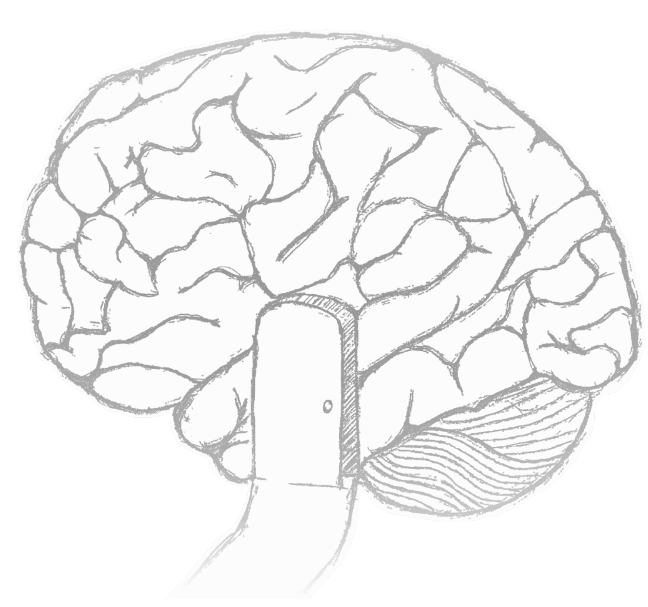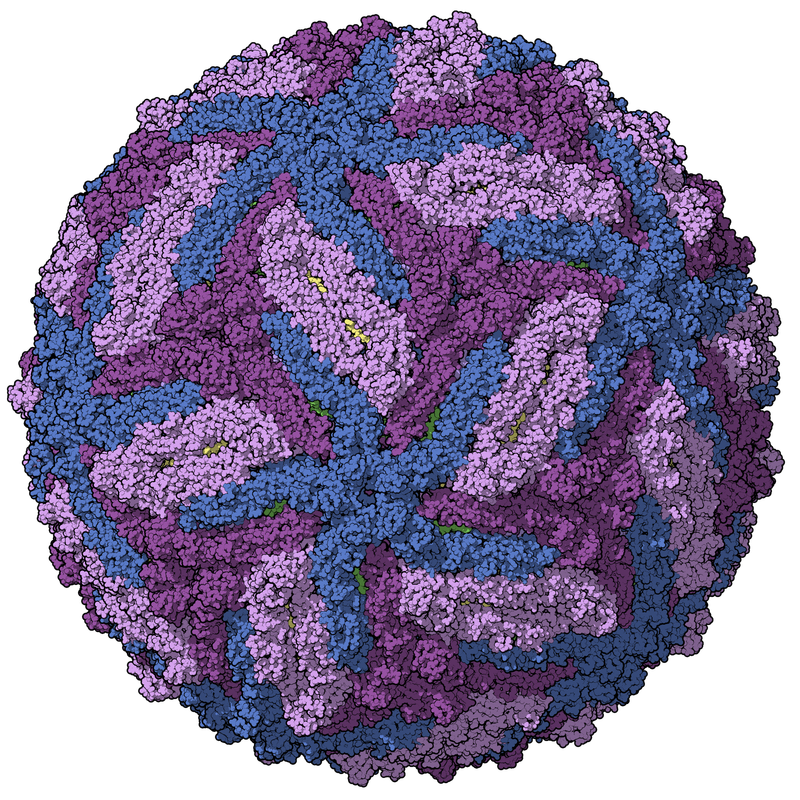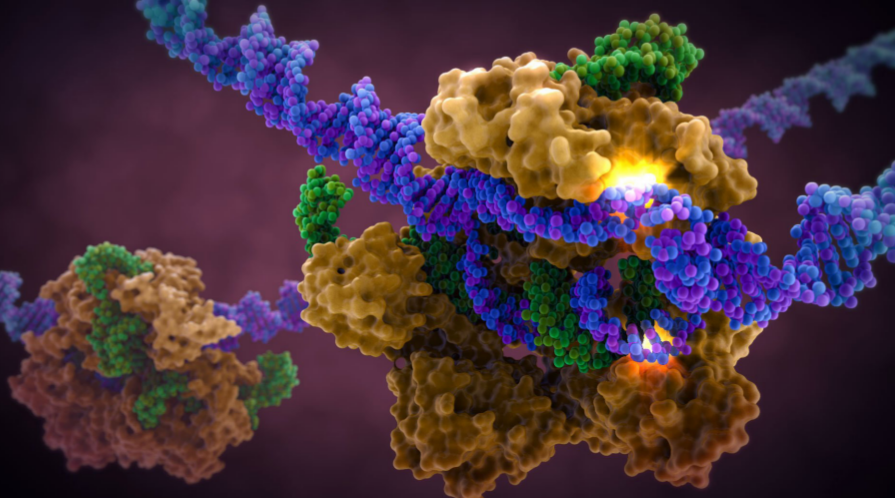By Joanna Sun, Leo Lansky, Larry To, Natasha Paranjapye The blood-brain-barrier (BBB) is a protective membrane layer covering the brain that maintains a safe environment for the brain, regulating what passes to and from it. It acts as a guard wall for the most important organ of the body, but becomes a problem for accessing the brain for therapeutic drugs. Developing therapeutics that directly reach the brain would take a huge step towards treating diseases of the central nervous system (CNS) such as Alzheimer’s, Parkinson’s, cerebral palsy, and brain tumors. Historically, researchers have faced problems with dose and efficacy. That is, until transformative findings led by Dr. Elizabeth Nance demonstrated the first successful completely bio-inert drug delivery platform capable of penetrating the BBB and moving in the brain microenvironment [1].
This safe and biodegradable polymeric nanoparticle-based platform was shown to not only penetrate the BBB, but locally and specifically travel to the desired therapeutic area in living rat brains. Published in August 2012, this work represents enormous progress in the potential for sustained, targeted, and regulated delivery of drugs into the brain and brought Dr. Nance worldwide attention, including recognition in a ‘30 under 30’ list of young scientists changing the world by Forbes magazine [2]. Denatured Journal spent a morning meeting with Dr. Nance, now a Clare Boothe Luce Assistant Professor in Chemical Engineering and Adjunct Professor of Radiology at the University of Washington, to learn about her plans for her research and how her unique background and philosophy drives her passion for discovery.
12 Comments
By Michael Butler, Jeffery Ni, and Anastasia Nicolov Each year, news reports herald the latest infectious disease scare. In the last few months, Zika virus has been on the forefront of the public’s awareness, with concerns over the safety of Rio’s Summer Olympics and calls from South American governments to postpone pregnancy until further notice in order to curtail side effects of the disease [1]. Within recent memory, Ebola virus, swine flu, and SARS have all posed global threats.
Haseeb Malik, Julie Pham, Nina Reese, Kayla Hogan, Neil Gerstenmaier, Leonard Chen A baby with his brown eyes, a baby with her curly hair. Every prospective parent has hopes for his or her children, long before they are even born. Is it any surprise that parents hope their child could have every advantage in life? Intelligence, charisma, an outgoing personality. These are all traits people hope their children will possess. However, many parents’ hopes are even more basic than what the child will look like or what their personality will be; their only wish is for their child to be born healthy and happy.
By Connor Tsuchida, Annapurni Sriram, Brianna McIntosh, Erin Inchinotsubo, Alexander Novokhodko  Entering the Third Dimension What desperate patients currently wait months to years for, could soon be made in days. What use to be adapted for the body, can now be made of the body. Aside from prototyping and manufacturing, 3D printing, has found its niche in biotechnology and medicine. Whether printed to enhance, support, or replace components of the human anatomy, 3D printing has brought medicine to a place once reserved for science fiction. The history of 3D printing is as rapid as the manufacturing process itself. In just three decades, the technology has evolved from layering plastic prototypes to printing functioning organs, capturing the imagination of hobbyists and medical researchers alike. By Joanna Sun, Leo Lansky, Larry To, Natasha Paranjapye
|
Author
Articles written by members of the group on topics they find interesting, exciting, revolutionary. Archives
February 2018
Categories
All
|





 RSS Feed
RSS Feed
